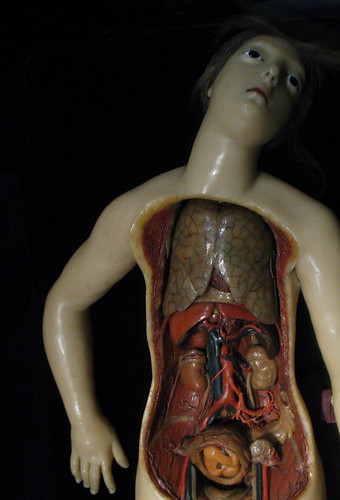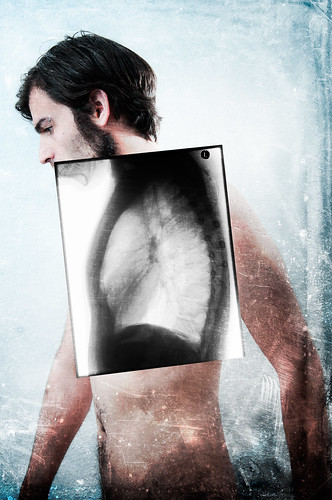 |
| via Flickr (London Permaculture) |
It is much better to help yourself quit smoking with herbs and natural aids than with pills and patches; a lot healthier for your body.
Herbal infusions are a great help, especially the calming ones like chamomile, lavender, St Johns
Baking soda increases the pH in urine, which will slow the elimination of the nicotine already existent in the body. This may sound strange, but slowing the elimination of nicotine results in less craving.
Smoking causes an excess of free radicals in your body, which will need antioxidants to counteract. Vitamin C is a great source, so make sure you consume plenty of fruits and vegetables.
Among the best herbs and natural aids to quit smoking is licorice root, which is very useful to calm cravings. It has stress relieving properties which will calm your nerves and lessen irritability, as well as helping to break down body fat, so proving helpful in the case of compensating with food. Licorice is also a natural expectorant, helping greatly when the body needs to expel catarrh and phlegm.
Herbal oats are a remedy used by healers in India
Oatmeal or porridge would be a good breakfast, and also in place of another meal during the day. It is a fact that oatmeal can help you relax, and aids sleep; a bowl of oatmeal before bed will help with a good night's sleep. Oatcakes and oat cereal bars are good snacks for 'picking' at during the day, as are other cereal bars and all types of seeds, whole grains and nuts.
Fresh fruit and vegetables are extremely necessary when trying to quit smoking, as along with herbs and natural aids they can replace cravings and give your body the supplements it needs.
Sugarfree gum and candy may be necessary for the 'sweet tooth' while trying to quit smoking, but grapes and cherries and other 'candy' sized fruits are even better.
Nowadays most public places are smoke-free zones, so you really have no choice but to go several hours at a time without smoking, in which case you should be able to totally quit smoking with herbs and natural aids to support you.
There is no doubt you will feel a lot healthier if you avoid nicotine patches and other chemical aids. Nature’s pharmacy is best!
Article Source
Article Source





